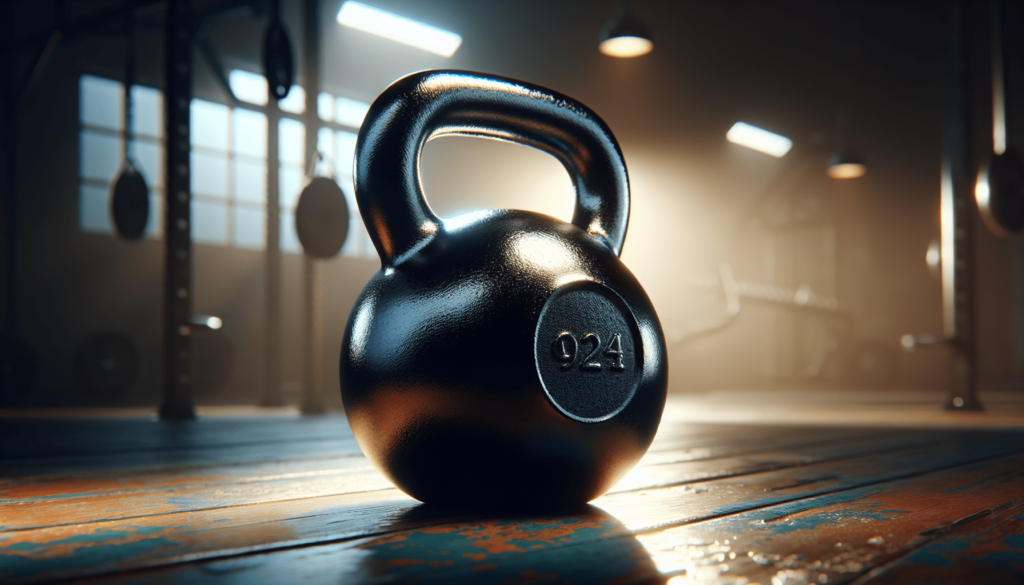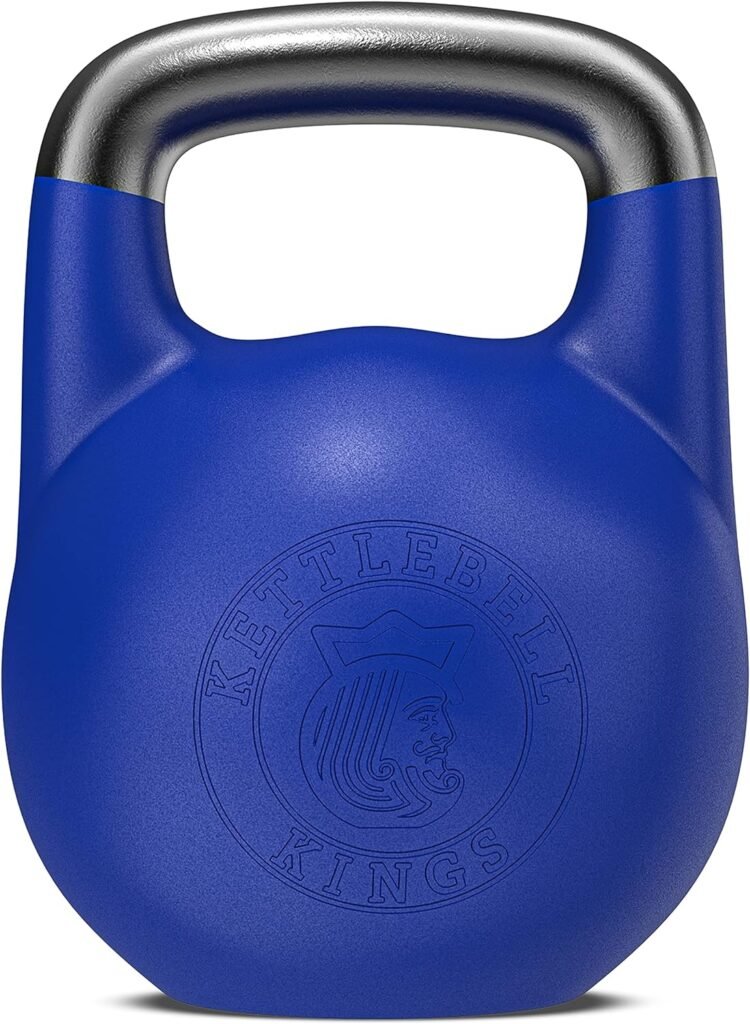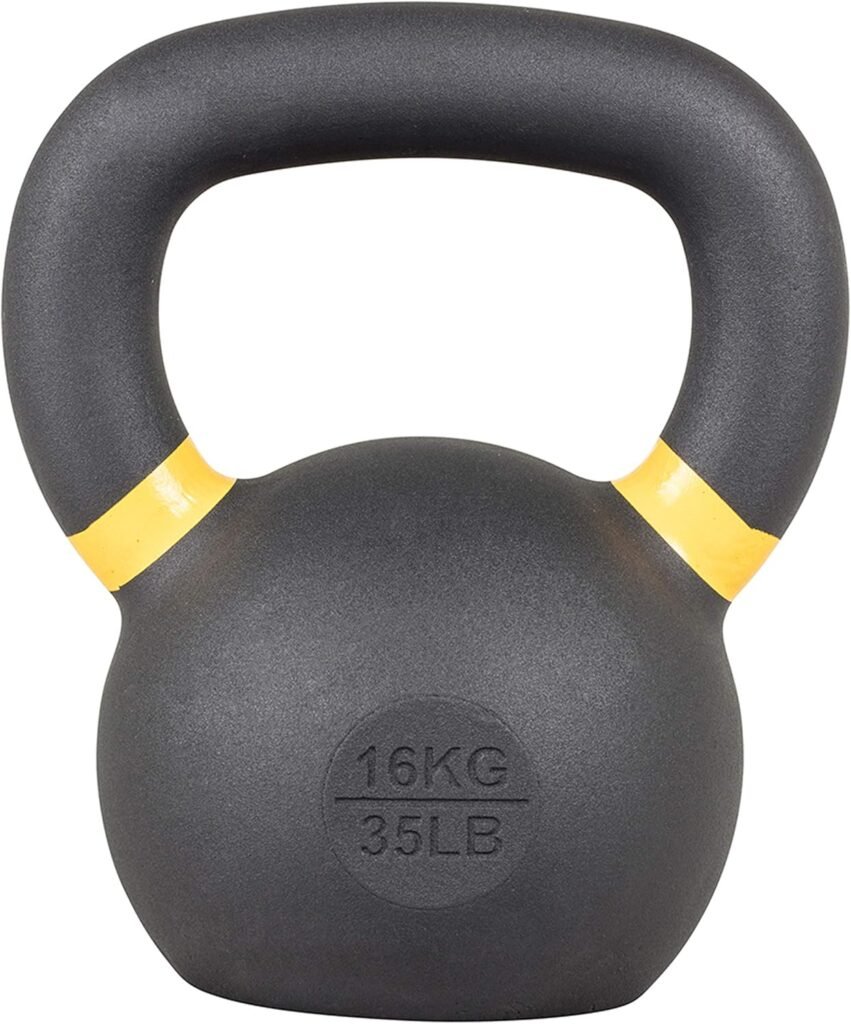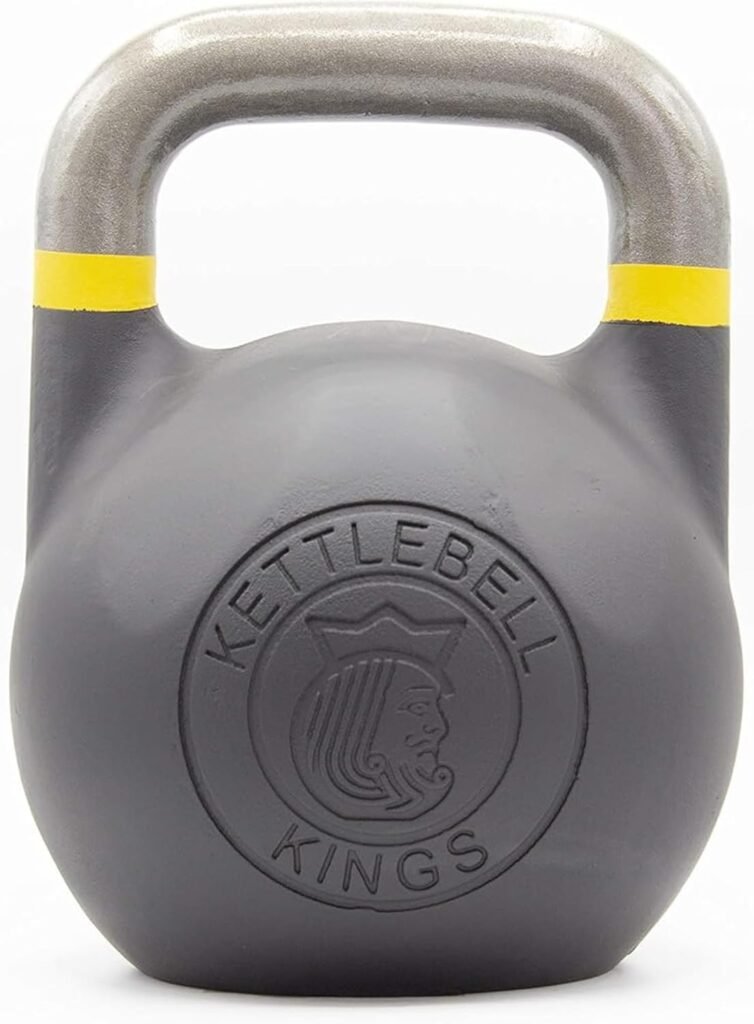Have you ever lifted a kettlebell and wondered about the potential risks of injury? In your pursuit of fitness goals, it’s important to understand how kettlebells, while being an excellent tool for strength and endurance, can pose certain risks if not used properly. In this guide, we’ll walk you through various types of injuries related to kettlebell exercises, how they occur, and—more importantly—how you can prevent them.
You are currently viewing a placeholder content from YouTube. To access the actual content, click the button below. Please note that doing so will share data with third-party providers.
More InformationUnderstanding Kettlebell Injuries
While kettlebells can boost your strength and cardiovascular health, misuse or overuse can lead to injuries. These injuries can occur in several parts of your body and can vary from minor to serious. Let’s explore the most common injuries related to kettlebell workouts and how they affect your body.
Common Kettlebell Injuries
1. Lower Back Injuries
Your lower back is quite susceptible to injuries from kettlebell training due to the nature of many kettlebell exercises, such as swings and deadlifts. These movements often involve bending and lifting actions, which can strain the back when performed incorrectly or with excessive weight.
- Cause: Poor technique, especially when bending over, and insufficient core activation.
- Prevention: Focus on proper form and engage your core to support your back. Regular core strengthening exercises can also be very beneficial.
2. Shoulder Impingement
Another typical injury involves your shoulders, particularly the rotator cuff. Kettlebell swings, cleans, and snatches can place significant strain on the shoulder joints and surrounding muscles.
- Cause: Overhead movements performed with poor body mechanics can lead to shoulder impingement.
- Prevention: Ensure that your shoulders are properly warmed up and that you maintain correct posture throughout your workout. Stretching and strengthening shoulder muscles can also help in minimizing the risk of injury.
3. Wrist Strain
Due to the dynamic and explosive nature of kettlebell exercises, your wrists might also experience strain or injury.
- Cause: Overextension of the wrist during exercises like the kettlebell snatch or clean.
- Prevention: Wrap your wrists if necessary, and focus on keeping the wrist position neutral or slightly extended when gripping the kettlebell.
4. Hand and Grip Issues
Increasing grip strength is one of the many benefits of kettlebell training, but it also comes with the risk of injuries such as calluses or tears.
- Cause: Friction between the kettlebell handle and the palm, often exacerbated by sweat.
- Prevention: Use proper grip technique and consider wearing gloves if necessary. Incorporate grip strength exercises in your routine to build resilience.
How to Prevent Kettlebell Injuries
Prevention is always better than cure, especially when it comes to injuries. By implementing a few key strategies, you can enjoy a safe and effective kettlebell workout.
Mastering Technique
Your form is crucial during kettlebell training to protect against injuries. Each movement should be performed with precision, focusing on the correct use of muscles and joints.
- Assess Your Form: Working with a trainer or watching video tutorials can help you understand the correct form for each exercise.
- Start Simple: Begin with basic movements before advancing to complex routines. This approach allows you to build familiarity and master proper technique.
Progressive Loading
Progressive loading refers to the gradual increase of weight or intensity in your training. It’s essential to use this method to avoid overloading your body too quickly, which can lead to injuries.
- Use Appropriate Weight: Begin with a lighter kettlebell until you are comfortable and confident with the exercises.
- Increase Gradually: As your strength improves, gradually increase the weight. This step-by-step progression makes it easier for your muscles and joints to adapt.
Warm-Up and Cool Down
Preparing your body for the workout and allowing it to recover afterward is crucial to minimizing injury risk.
- Warm-Up: Spend at least 10 minutes warming up with dynamic stretches to increase blood flow and muscle temperature.
- Cool Down: After your workout, engage in static stretching to relax your muscles and return your heart rate to normal.
Listening to Your Body
Understanding your body’s signals is vital in preventing injuries. Pushing through pain can often exacerbate the problem.
- Be Attentive: If you feel unusual pain, it’s important to pause and assess the situation. Ignoring discomfort can lead to more severe injuries.
- Rest and Recover: Allow yourself time to rest and recover, especially if you’ve experienced any discomfort during your workouts.

Recognizing and Treating Kettlebell Injuries
Understanding the signs of an injury and knowing how to address them is important for recovery and preventing further damage. Here’s how you can recognize and treat some of the common kettlebell injuries.
Symptoms to Watch for
Identifying an injury at the onset can help you manage it effectively and reduce downtime. Pay attention to the following symptoms during or after your kettlebell workouts:
- Persistent Pain: Pain that does not subside with rest or usual at-home remedies.
- Swelling: Inflammation of any joint or muscle indicating overuse or strain.
- Limited Range of Motion: Difficulty in moving a joint freely could signify injury.
- Weakness or Instability: Feeling weakness could be a sign of muscle or joint issues.
Treatment Options
Knowing how to treat injuries promptly can significantly enhance your recovery process. Here are some general guidelines for treating kettlebell-related injuries:
Rest, Ice, Compression, and Elevation (RICE)
This classic protocol is effective for acute injuries involving swelling or pain.
- Rest: Cease movements that provoke injury pain.
- Ice: Apply ice packs to the affected area for 15–20 minutes to reduce swelling.
- Compression: Use an elastic bandage to help stabilize the area.
- Elevation: Keep the injured area above heart level to help reduce inflammation.
Seek Professional Help
It is wise to consult healthcare professionals when:
- Symptoms do not improve within a few days.
- There is severe pain, swelling, or inability to move a limb.
- You’re unsure of the severity of the injury.
Consulting a physiotherapist or a sports physician can offer insights into specific rehabilitation exercises you might need.

The Importance of Recovery
Recovery plays an indispensable role in any fitness regime, particularly when dealing with the intensive nature of kettlebell workouts. Giving your body the necessary time to heal can help you return stronger and avoid re-injury.
Active Recovery Techniques
Active recovery involves low-intensity exercise following a strenuous workout or in between intense workout days. This helps in reducing soreness while promoting blood flow to muscles.
- Light Cardio: Activities like walking or cycling at a moderate pace can aid recovery without undue stress on the body.
- Yoga and Stretching: Engaging in gentle stretching exercises can enhance muscle flexibility and relaxation.
Nutrition and Hydration
Your body needs adequate nutrients and hydration to repair and grow stronger.
- Balanced Diet: Ensure you consume carbohydrates, proteins, and fats in balanced measures to support muscle repair.
- Stay Hydrated: Drinking enough water is crucial for joint lubrication and overall physical performance.
Quality Sleep
Never underestimate the power of a good night’s sleep in your recovery process. Sleep is your body’s natural time for healing.
- Aim for 7-9 Hours: Quality sleep is essential for muscle recovery and overall well-being.
- Create a Sleep Routine: Stick to a sleep schedule by going to bed and waking up at the same time every day, even on weekends.

Incorporating Prehab into Kettlebell Workouts
Prehabilitation, or prehab, involves exercises designed to prevent injuries before they occur. In the context of kettlebell training, prehab can bolster your resilience to injury.
Examples of Prehab Exercises
These exercises focus on improving strength, flexibility, and stability to avert potential injuries.
Core Workouts: Exercises like planks and bird dogs strengthen the core, supporting the spine and minimizing lower back injuries.
Glute Activation: Movements like glute bridges fortify the glutes, vital for powerful and safe kettlebell swings.
Shoulder Stabilization: Band internal and external rotations can enhance shoulder stability to prevent impingement.
Scheduling Prehab
Integrating prehab exercises into your routine can be straightforward:
- Include in Warm-Up: Add 5-10 minutes of selected prehab exercises before your main kettlebell workout.
- Dedicated Sessions: Consider setting aside one session a week just for prehab work.

Conclusion
Whole-body strength and endurance benefits of kettlebell workouts are immense. By understanding the possible injuries and learning how to prevent and manage them properly, you can continue to exercise safely and with confidence. It’s all about mastering the right techniques, listening to what your body tells you, and respecting the time your body needs to recover. Embrace the guidance in this article, and your kettlebell journey will not only improve your fitness but also minimize your injury risks, keeping your workouts fruitful and enjoyable for the long run.











